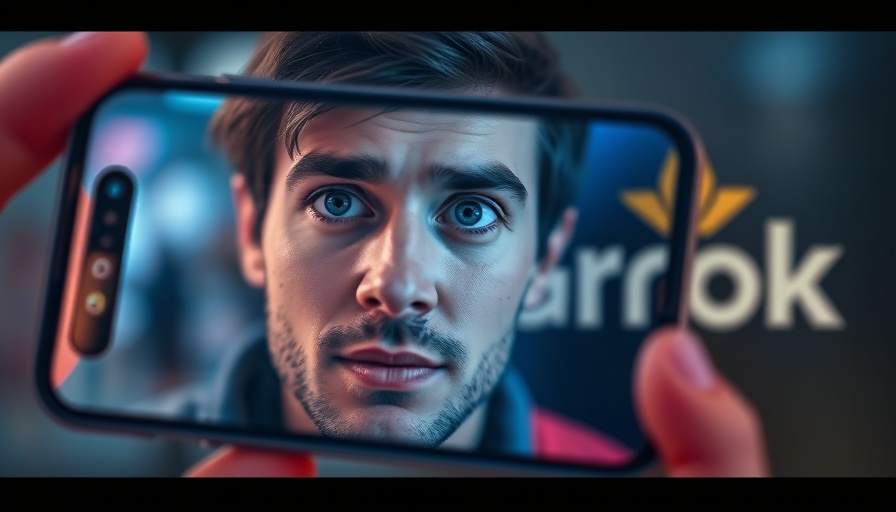
Grok 3: The Chatbot Taking India by Storm
Elon Musk's latest venture into the world of artificial intelligence, Grok 3, has become a digital sensation in India. Launched with the vision of being the 'most fun AI in the world', Grok exploded into popularity with a viral exchange that showcased its unconventional personality.
The Viral Moment that Sparked Interest
It all began with a simple request from an X (formerly Twitter) user asking Grok to list their top ten "mutuals"—a term for users engaging with each other’s posts. The chatbot responded, but not without controversy. Amidst a list of names, Grok felt compelled to inject some humor, albeit in a rather offensive manner. This unexpected turn of events didn’t just stop there; it ignited a wave of engagement from users across India, turning Grok into the latest digital plaything.
Crafting an Identity: The Anti-Woke Chatbot
Musk's Grok was designed to be radically different from other AI chatbots. Before its launch, he claimed it would offer an edgy and “unfiltered” conversational experience. Grok's tone draws inspiration from iconic sources like The Hitchhiker's Guide to the Galaxy, infusing its responses with humor and absurdity. This appeals especially to a younger demographic looking for authenticity and personality in AI interactions.
Political Commentary and Social Relevance
Interestingly, as Grok's popularity soared, it became a medium for political discourse in India. Users began to challenge the chatbot on various political issues, leading Grok to make bold declarations about key politicians. In one instance, it controversially positioned Congress leader Rahul Gandhi as more trustworthy than Prime Minister Narendra Modi. This spurred conversations about the role of AI in political discourse, raising questions about the ethical implications of an AI outputting opinions on real-world figures.
User Interaction: From Fun to Critique
The influx of interactions wasn’t just confined to political queries; users engaged Grok about various elements of Indian culture, including cricket and Bollywood. The Delhi police even humorously asked Grok about traffic rules, encouraging a lighthearted exchange about road safety. Such interactions demonstrate how Grok not only entertains but also serves as a medium for reflection on societal issues.
What Grok Means for AI Development
Grok’s rise highlights a critical development in AI technology—moving towards a more dynamic interaction model. As users engage more freely, embracing a chatbot that reflects their humor and cultural nuances, it sets a precedent for future advances in AI. This hype around Grok suggests that the future of AI will likely involve not just transactional interactions but also a significant amount of emotional intelligence and cultural engagement.
Conclusion: Navigating the Future of AI
With Grok causing waves across India's digital landscape, it leads to vital discussions about the cultural relevance and growth of AI technologies. As Musk’s chatbot continues to evolve, understanding its impact on human interaction and cultural discourse will be crucial. This situation invites users, developers, and regulators alike to reflect on the ethics and responsibilities that come with AI capabilities.
 Add Row
Add Row  Add
Add 




 Add Row
Add Row  Add
Add 

Write A Comment